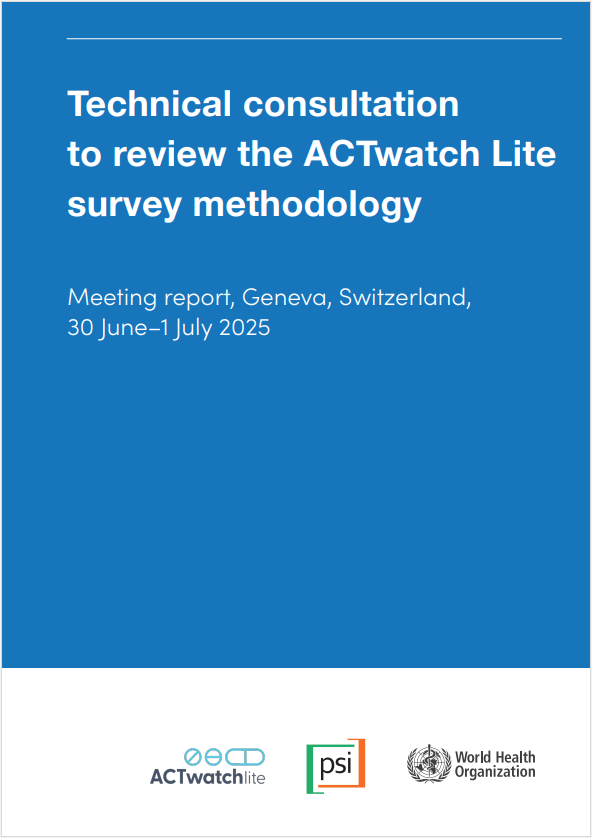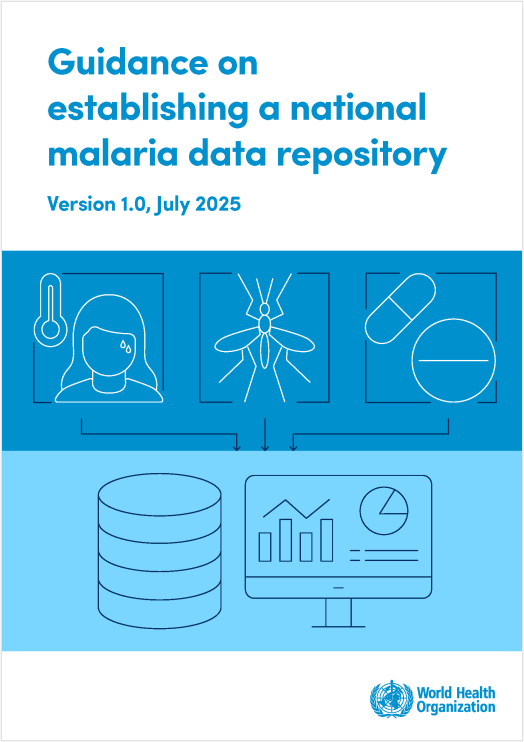Last Updated: 29/01/2025
Identification of a polyprenol kinase in the malaria parasite
Objectives
*Original title in Portuguese: Identificação de uma poliprenol quinase no parasita da malária
This project aims to investigate polyprenol/phytol (POH) kinase in malaria parasites as a target to make therapy based on the use of fosmidomycin effective.
One of the most promising targets for malaria drug design is isoprenoid metabolism. The biosynthesis of isoprenoids depends on the methylerythritol 4-phosphate (MEP) pathway, located in a modified plastid called the apicoplast. The isoprenoids produced by this pathway are used for the isoprenylation of various metabolites and proteins. Previous observations by our group demonstrated the plasmodial biosynthesis of phytyl pyrophosphate (PPP) from geranylgeranyl pyrophosphate (GGPP), and their respective alcohols, phytol (POH) from geranylgeraniol (GGOH). We also characterized the parasitic biosynthesis of phytylated and geranylgeranylated naphthoquinones. In addition, exogenous POH and PPP can be covalently linked to proteins. These results add phytylation as a new post-translational modification of proteins. Proteomic and bioinformatic approaches revealed that phytylated proteins are involved in the parasite’s intracellular trafficking. The antiplasmodial activity of the specific inhibitor of the MEP pathway, fosmidomycin, and the ribosomal inhibitor, tetracycline, is attenuated by exogenous POH. Previously, similar rescue effects were observed using various unsaturated isoprenoid precursors such as isoprene, various unsaturated oligoprenyl pyrophosphates and isoprenoid alcohols. Despite the effects observed in vitro, this rescue phenomenon is unlikely to occur in vivo, since these metabolites are not available in the host plasma. However, POH is naturally present in blood and therefore exogenous incorporation from plasma may be a mechanism of fosmidomycin resistance. Despite the evidence of incorporation of exogenous POH in malaria parasites, the mechanism of interconversion of polyprenols (including POH) into their active form, polyprenyl pyrophosphates, is still unknown.
Feb 2022 — Sep 2022


